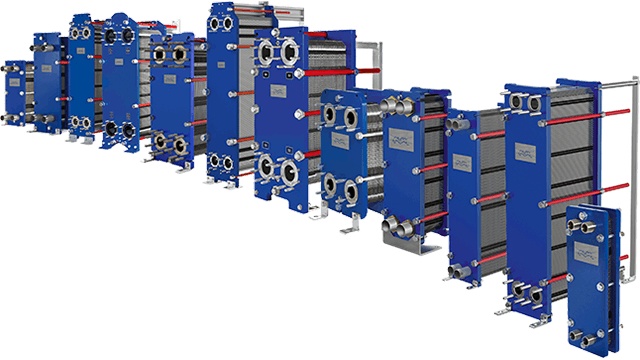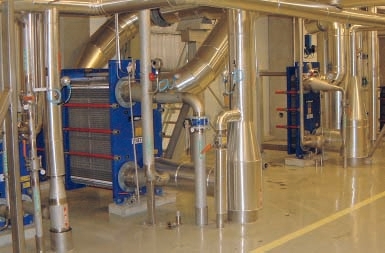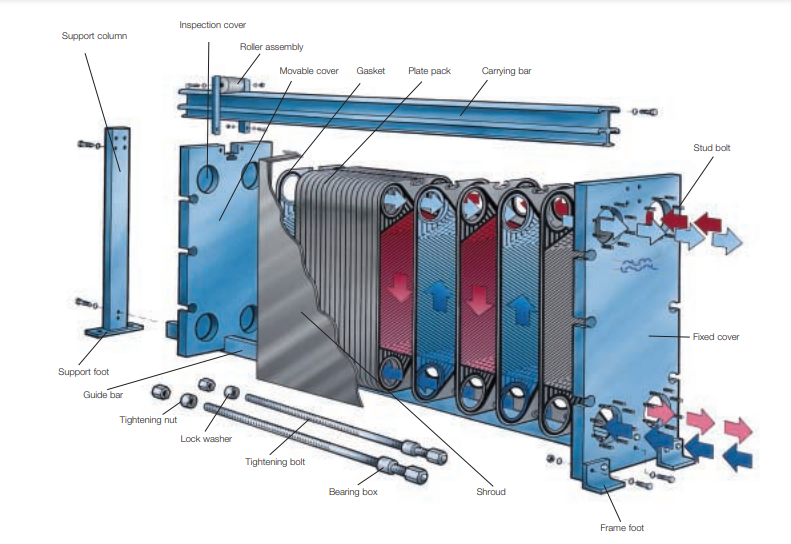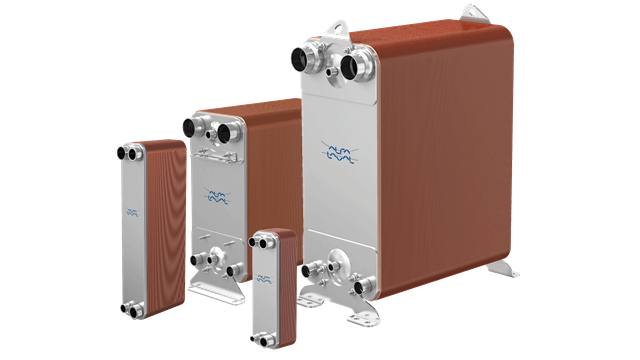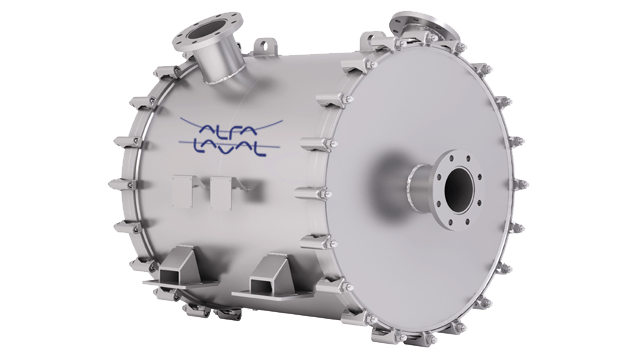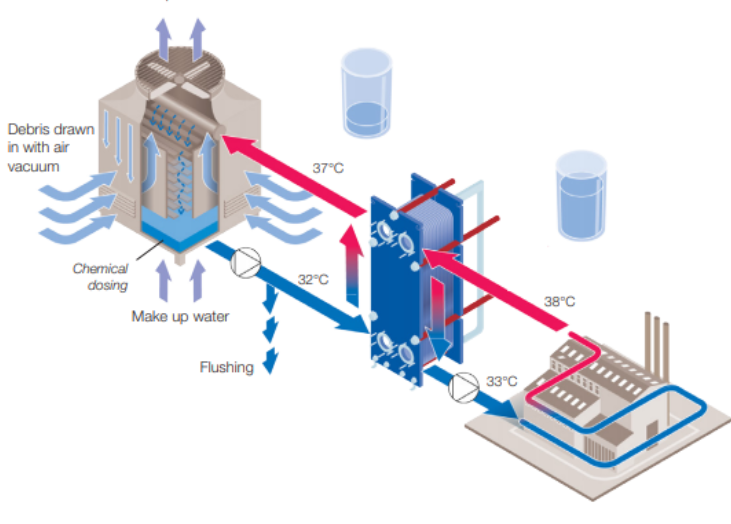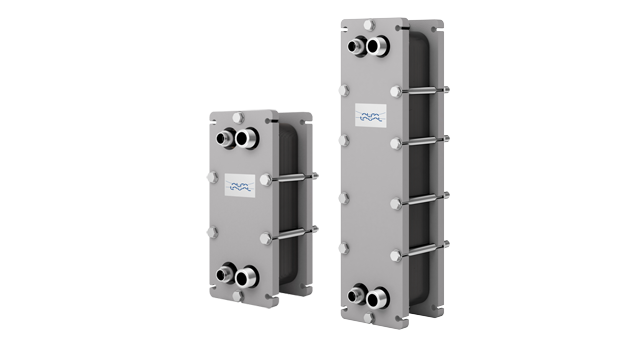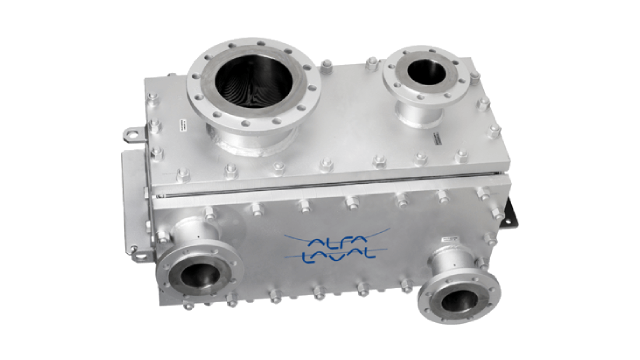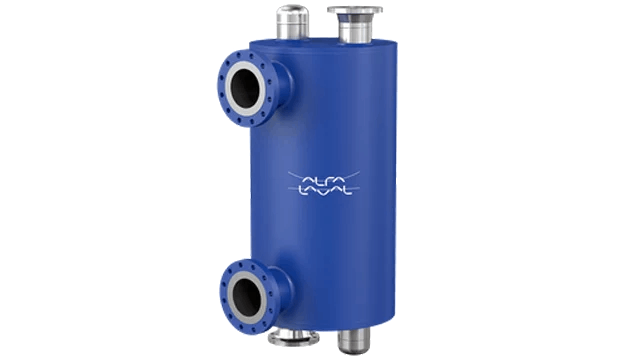Solutions for sustainability with Alfa Laval Plate Heat Exchangers –
Sustainability helps a company’s profitable growth, through energy efficiency, heat recovery, reduced fuel bills, reduced CO2 emissions, savings in maintenance costs, and has a positive impact on the environment.
The series of Solutions for sustainability from Alfa Laval offers real-life application examples on how gasketed plate heat exchangers can help companies with sustainability targets, on the way to a better planet. Each case listed in the series is a true story, with global references each operating with continued savings since their installation.
With rapidly increasing energy costs, plant managers have more and more pressure for their contribution to sustainability. Major equipment installed in food, beverage, manufacturing, and HVAC industries consume high amounts of energy by burning natural resources such as carbon fuels or electricity, which are generated with the same.
Sustainability savings can be in operation, maintenance and energy consumption of equipment such as open cooling tower, how water boiler, steam boiler, chiller, air compressor, cogeneration equipment, and shell-and-tube heat exchangers. Similarly, fluids to be considered for savings are cooling tower water, hot water, flash steam, oils, chilled water, warm wastewater, and compressed air.
Purchasing the correct gasketed plate heat exchanger is also delivering sustainability, as fierce market conditions are forcing manufacturers to size gasketed plate heat exchangers with tolerances of up to 0.5°C and higher pressure drop limitation of up to 30 kPa or more. Due to seasonal and variable loads, accurate measurement of these tolerances is impossible with standard instrumentation and under performance has a severe effect on the running costs of associated equipment such as pumps, chillers, and boilers. Hence gasketed plate heat exchangers designed and supplied with AHRI Performance Certification, is sustainability in itself.
To know more about working principle of Plate Heat Exchanger – CLICK HERE
Plate Heat Exchanger Construction
A plate heat exchanger consists of a number of heat transfer plates which are held in place between a fixed plate and a loose pressure plate to form a complete unit.
Each heat transfer plate has a gasket arrangement which provides two separate channel systems.
The arrangement of the gaskets (field and ring gaskets) results in through flow in single channels, so that the primary and secondary media are in counter-current flow. The media cannot be mixed because of the gasket design.
The plates are corrugated, which creates turbulence in the fluids as they flow through the unit. This turbulence, in association with the ratio of the volume of the media to the size of heat exchanger, gives an effective heat transfer coefficient.
Plate Heat Exchanger Components
The components consist of a fixed end plate, connections and a loose pressure plate, with carrier bars mounted between them. The plates are hung from the top carrier bar. The carrier bars also serve to position the heat transfer plates. The single plates are pulled together to form a plate pack by means of tightening bolts.
Gasketed plate heat exchangers are available in standard sizes or can be individually prepared. To know about plate heat exchanger price in India contact now Pragya Associates.
